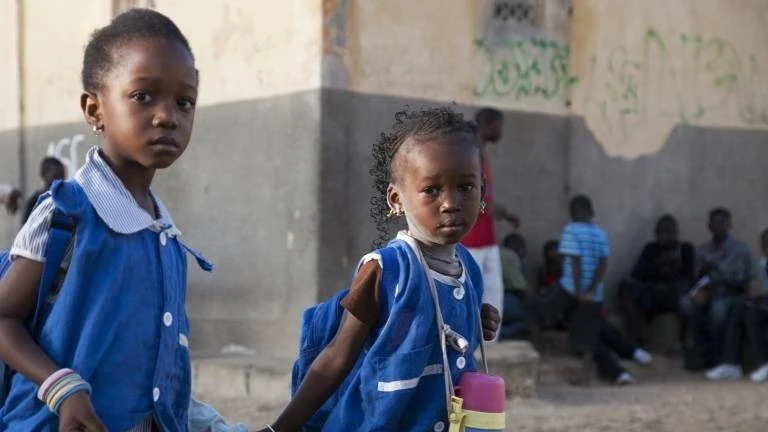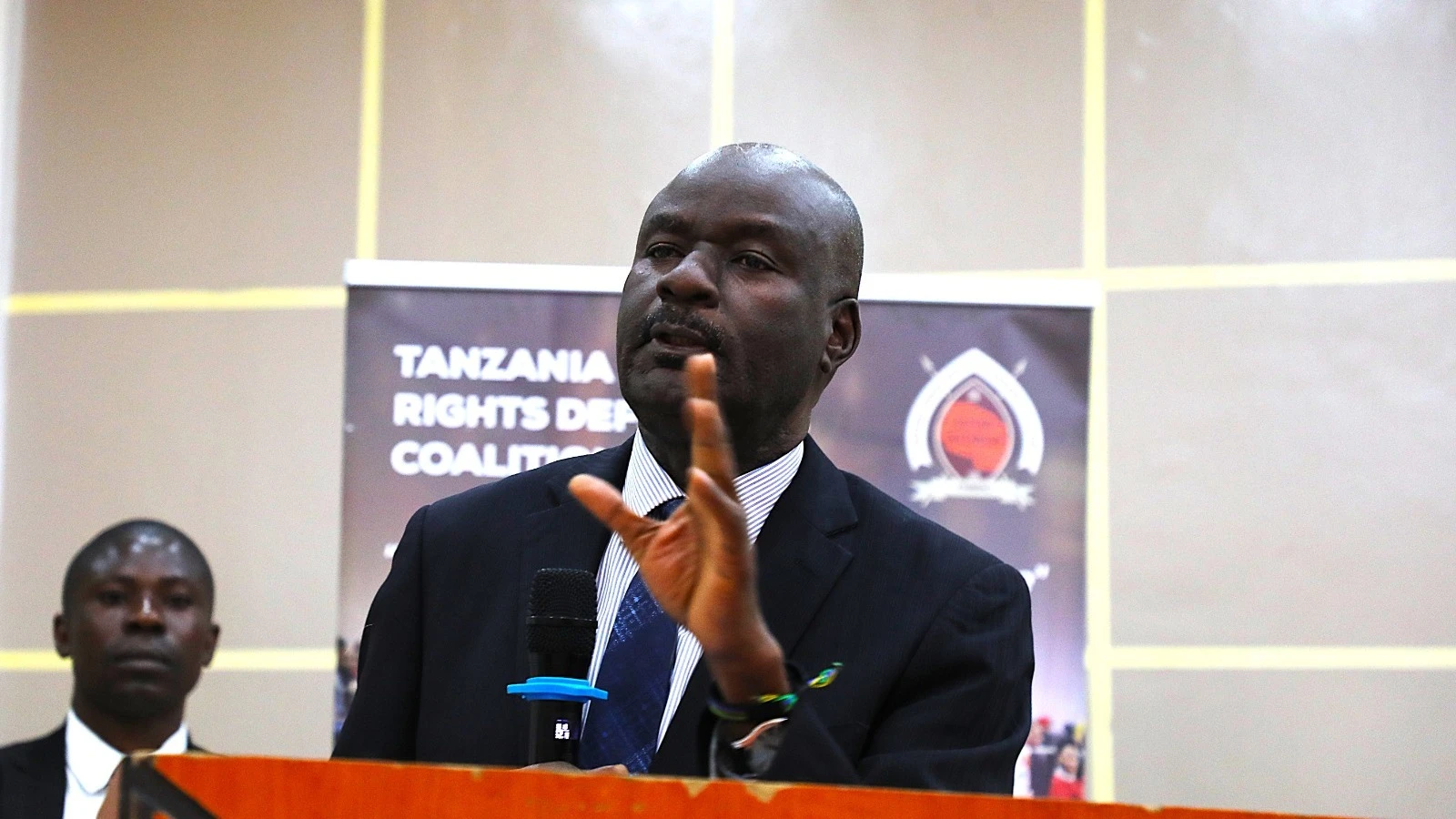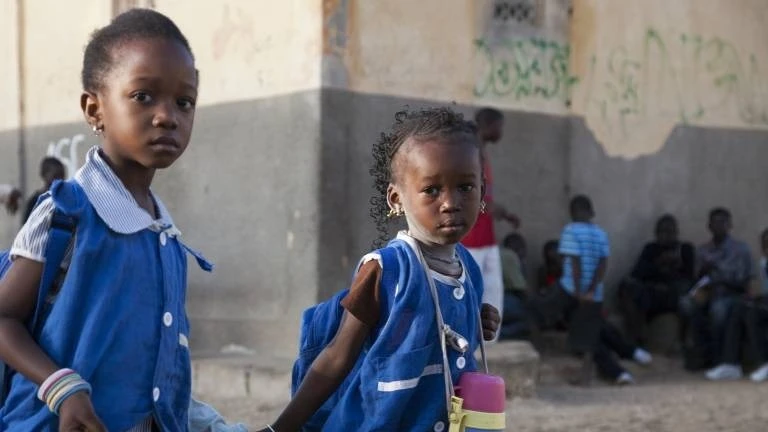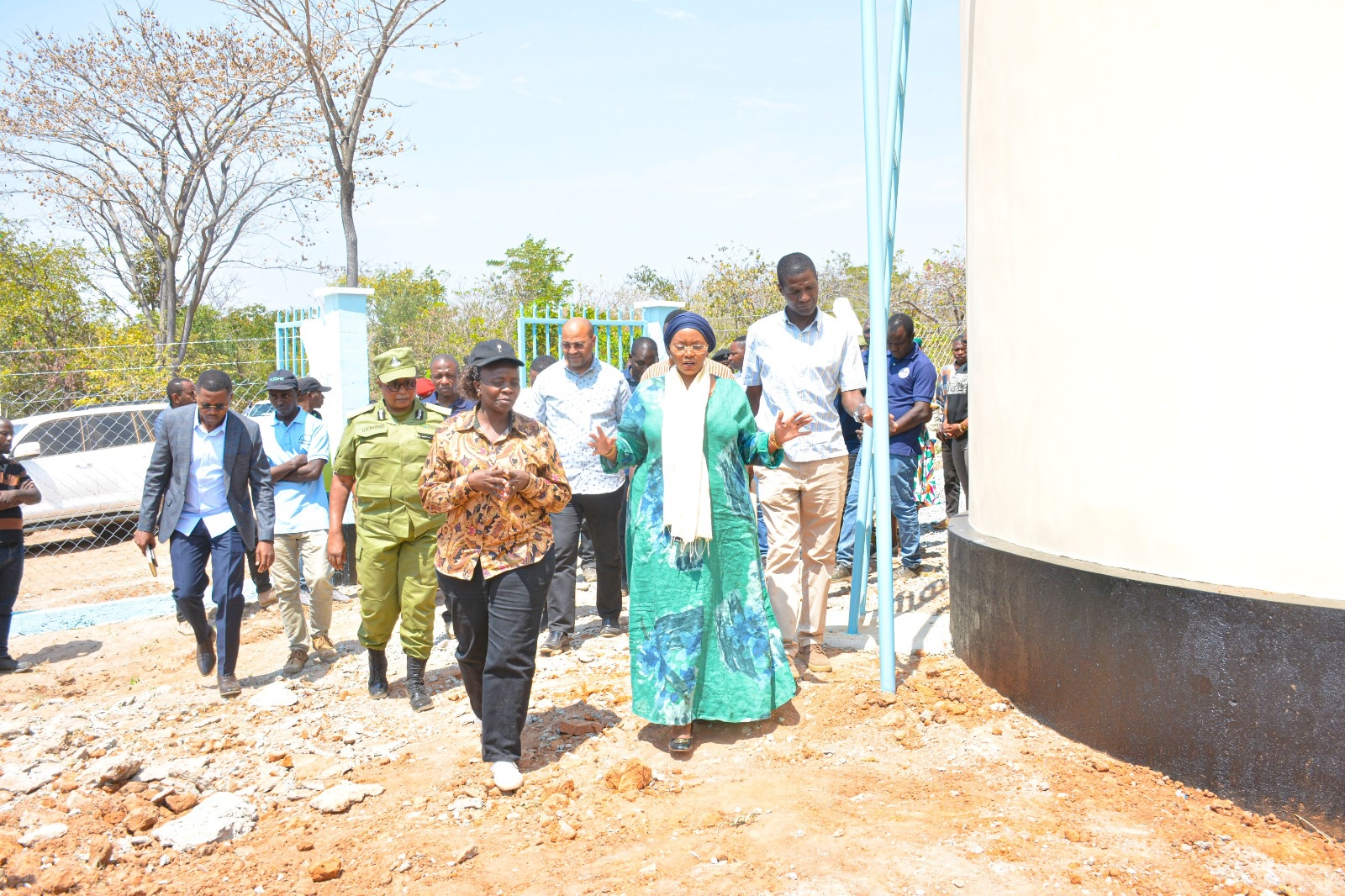Child stunting now at 30pc, against 22pc global average

TANZANIA has successfully reduced child stunting from 50 percent of all children eligible for school late last century to 30 percent at present, a significant achievement, though still higher than the global average of 22 percent.
The findings are indicated in a study led by Dr Ester Elisaria and August Kuwawenaruwa at the Ifakara Health Institute ((IHI), working with Bet Caeyers of the Chr. Michelsen Institute (a Norwegian research institute) and the Norwegian School of Economics, Esther Nkuba of the Tanzania Food and Nutrition Center (TFNC), and Laura van der Erve of Oxford Policy Management, a summary statement indicated.
The study published this week in PLOS One, issued by the Public Library of Science (PLOS) described as a non-profit open-access publisher, tracked over 42,000 children under the age of five using data spanning from 1991 to 2022.
The summary showed both progress and persistent challenges in Tanzania’s battle against child stunting, a condition caused by chronic under-nutrition affecting physical and cognitive growth.
The lead researcher said in the summary that while the overall trend is positive, one in every three Tanzanian children under five still suffers from stunting, which has serious implications for education outcomes, health and future earnings.
Stunting refers to children being too short for their age, usually due to prolonged undernutrition, repeated illness, and inadequate care.
But experts warn it's more than a physical issue, as stunted children are more likely to face learning difficulties, earn less in adulthood and experience lifelong health challenges.
The study found several groups of children who are at higher risk, like boys being more affected than girls by an average of 4.0 to 7.0 percentage points. Children born with low birth weight — below 2.5 kilograms — are particularly vulnerable, with 56 percent of them found to be stunted, the summary noted.
Children from poorer households are three times more likely to be stunted than those from wealthier ones, as inadequate maternal education, poor sanitation and unsafe drinking water were also strongly associated with higher stunting rates, it stated.
The study reaffirms the usual impression that geographically, children in Iringa, Ruvuma and Mbeya regions face disproportionately high rates of stunting, with some areas exceeding 45 percent
Co-author Esther Nkuba said that stunting is not just about food — it’s about poverty, gender inequality, education and the environments children are born into, with other findings listing what helps reduce stunting as higher levels of maternal education and birth spacing of at least two years,
There is also a need for improved household income and access to folic acid during pregnancy as all this is linked to healthier child growth, it said.
Children whose mothers attended at least four antenatal care visits and lived in households with clean water and proper toilets were significantly less likely to be stunted, as the homes tend to be well-educated and economically stable.
While some regions continue to struggle, others have shown notable improvement. Coast Region, once among the worst performers in 1992, now ranks among the better-off regions in terms of stunting reduction, while Dar es Salaam and Kilimanjaro regions have also consistently maintained low stunting rates over time, it was noted.
However, the Southern Highlands remain a major concern, with researchers saying the zone needs targeted, context-specific interventions, within a national, multisectoral approach to tackle stunting, as nutrition education alone is not enough.
“We need integrated efforts in health, education, water, sanitation, social protection and especially economic empowerment for women,” the lead researcher emphasized, asserting that progress is possible but only if it’s deliberate and inclusive.
Within the global target of halving stunting by 2030, Tanzania has made meaningful progress, but more effort is required, she stated while a visiting researcher affirmed that “this study shows us what works, what still needs fixing and where to focus.” The next five years will be critical if Tanzania is to meet global nutrition targets, she added.
Top Headlines
© 2025 IPPMEDIA.COM. ALL RIGHTS RESERVED






















